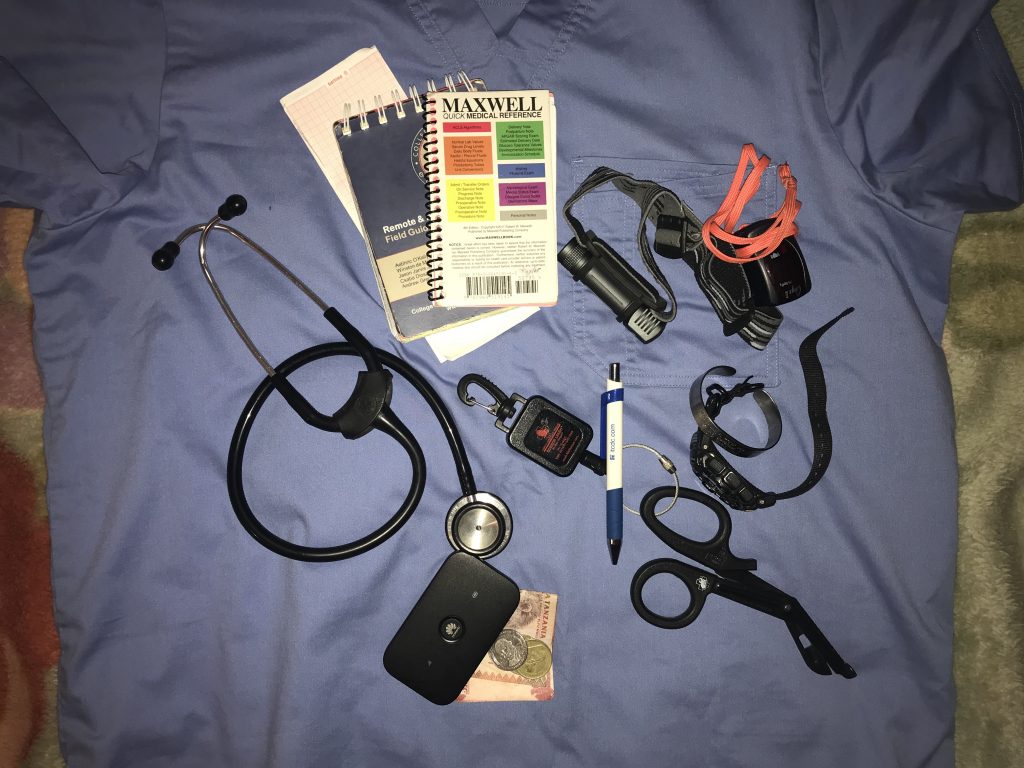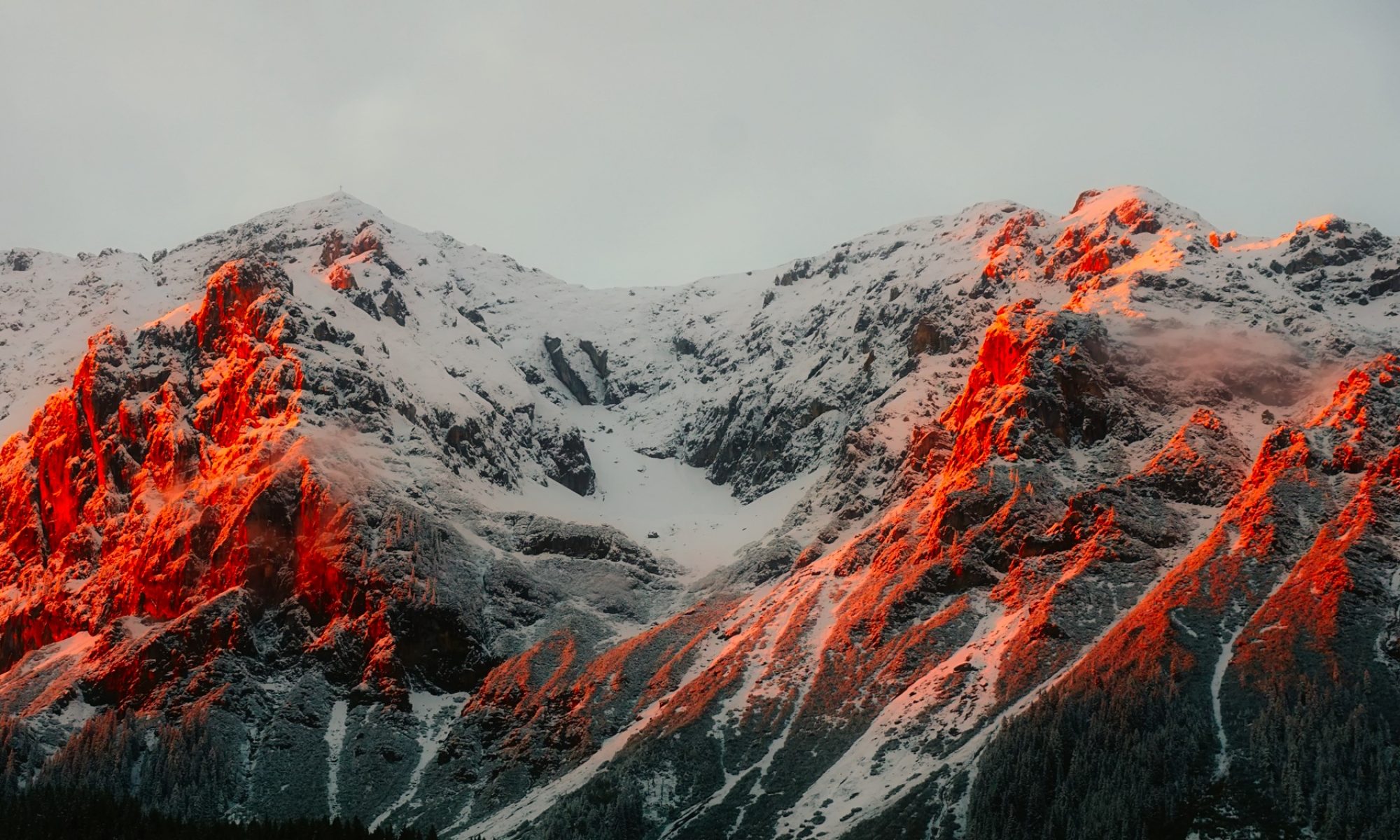In October through late November of 2018 I did a clinical rotation in the Emergency Department at Kilimanjaro Christian Medical Center which is the regional hospital located in Moshi, Tanzania. The rotation was arranged through the College of Remote and Offshore Medicine as part of the Remote Paramedic program.
As an already credentialed provider in the US with a bit of time in the field my experience at KCMC was different than many other students. I was able to work more independently and do things like be the team leader during resuscitations which is unusual for a student.
Here’s what I carried while working in the Emergency Department at KCMC. All of these items got used daily.

Littman Classic II
Nonin Onyx Pulse Oximeter on a paracord lanyard
Rechargeable Headlamp
CoROM Field Guide
Maxwell Quick Reference
Scrap paper
Huwei mobile hotspot with local SIM
Local currency
North American Rescue Trauma Shears on Retractor
Casio Pathfinder PAG240 on Zulu band
Pen
Most of these items are self-explanatory, but I would like to highlight a couple of things.
The pulse ox made me very popular with the staff. There was one mobile pulse ox in the emergency department and some of the vital signs monitors did not always function so having a second mobile unit to be handed off was quite useful. During an hour long transport from the airport to the hospital with an intubated head injury the monitor on the ambulance failed so I pulled out my pulse ox and we used that for the remainder of the trip.
During periods of heavy rains there were periodic power outages at the hospital. Having the headlamp proved useful during those times plus it was handy for checking pupils and providing better light for procedures. I like this model in particular because the battery can be recharged by plugging a microUSB directly in to the batter. Additionally, the cost, ~$20 USD, is a great price in case it is lost or I decide to gift it to a local staff member (as I did in Mosul and again in Tanzania). It has two brightness levels and can easily be tilted up or down to get the ideal beam position. It is bright enough to help with navigation at night, but it is more of a spotlight than a flood.
